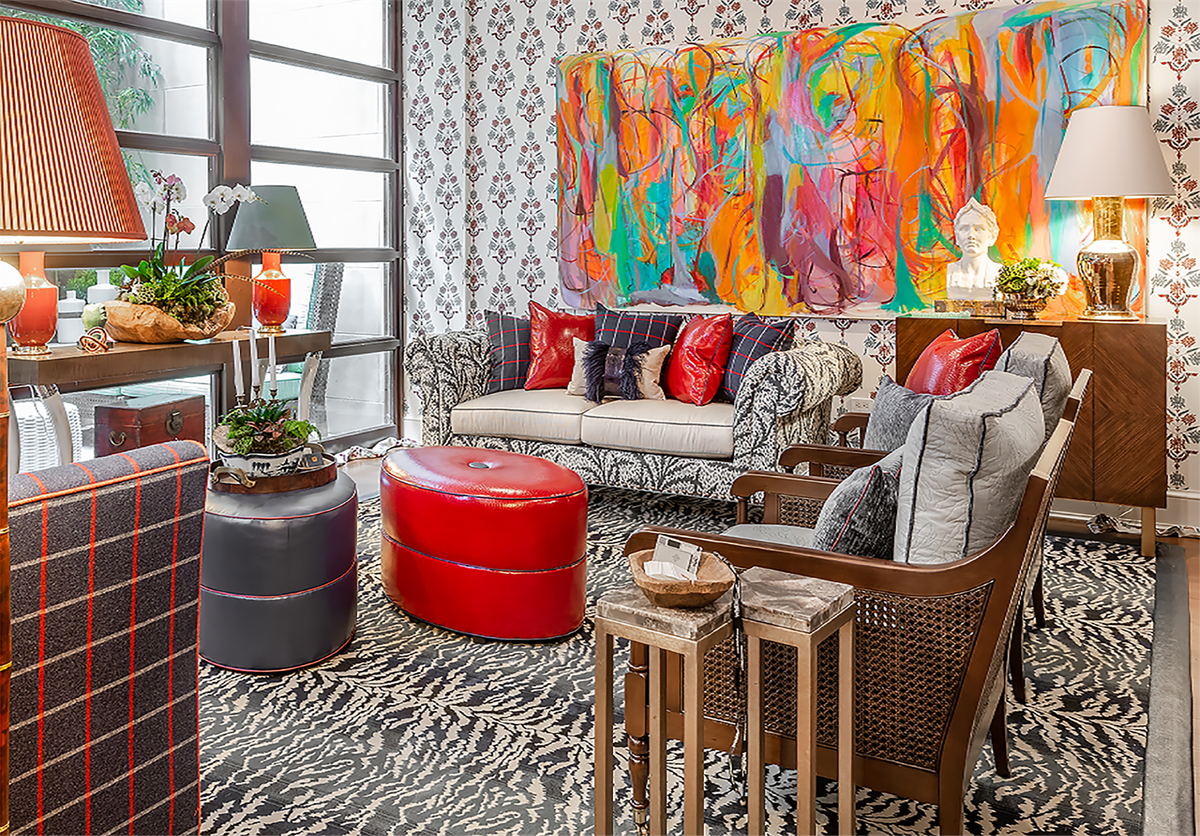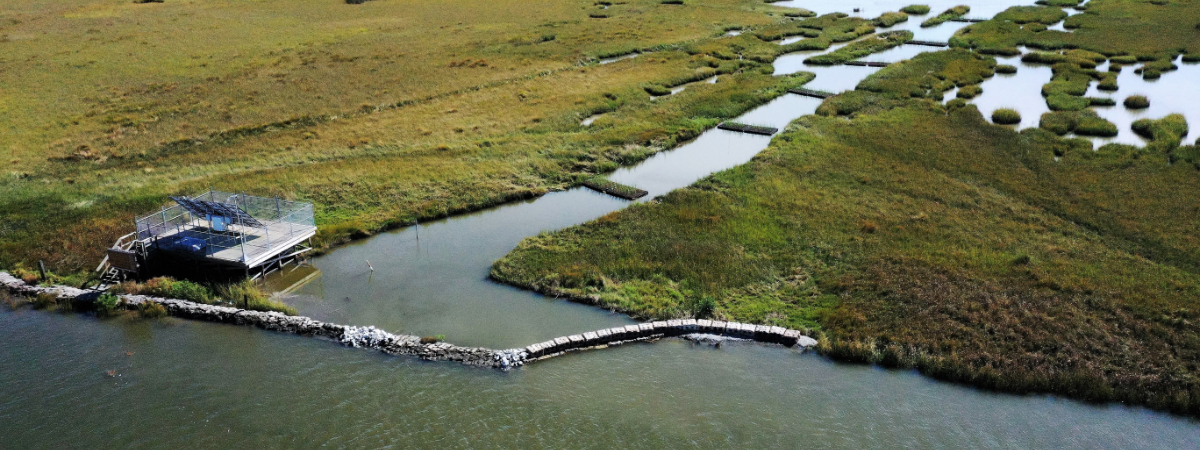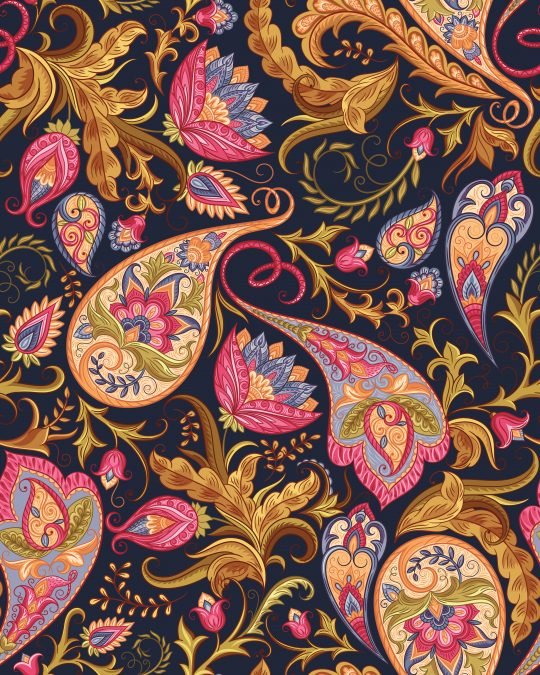
Seamless, Yet Sensible Southern Charm
March 8, 2022
Danos Completes Nature-Based Coastal Restoration Projects for Shell
March 8, 2022I was a child in the Sixties. Not a flower child—just a regular child. What’s groovy about that is I was too young to be part of that culture and thus too unimpaired not to remember it. While teens and other older folks were turning on and tuning out, I was turning knobs and tuning focus on my little Sears-Roebuck microscope. I was “under the scope,” if you will. (Where have I heard that line before?) Of all of the psychedelic manifestations of that period, one struck me as incredibly familiar, however. It was a repeating pattern of odd designs on shirts and dresses and bandannas and other articles of clothing. (Where had I seen that design before?) And for all my struggles to understand the unique behavior of those tuned-in flower teens, I could not understand why they were dressed in camouflage patterns resembling paramecia.
When I asked adult camouflagers like hunters why all the hip kids were dressed in paramecia patterns, they didn’t know what I was talking about. But they did identify the pattern as “paisley,” which was wild and vivid and intricate and very unlike the drab brown and green shapes on the gear they wore to blend in with swamps.
I remember in college when we learned in biology about different types of camouflage—mostly animal adaptations to evade predators. In nature, there’s “disruptive coloration” to break-up an animal’s outline amidst its surroundings. Think of giraffes hidden in the trees and shrubs of the Serengeti. And there’s “self-decoration,” where animals cover themselves with twigs or sand or debris from their surroundings to blend in. Think of crabs carrying barnacles, algae, sponges, and other hitchhikers atop their shells. Then there’s “cryptic behavior,” where organisms play dead, like possums, or exhibit only stealth-like movements, like stalking cats. Then there’s “mimesis,” where animals look like something unimportant. Think of a walking stick insect and how a hungry bird might not be interested in eating a stick. And then there’s “motion dazzle,” where patterns, like zebra’s hide, distort a predator’s ability to determine speed and direction of its prey. Not too ironically, all these things can be recognized on military vehicles, like the Russian ones amassed outside of Ukraine. But, on the other hand, those are not camouflaged very well.
And in some sort of great cosmic convergence, all of these concepts came together and got me thinking about solving one of humanity’s biggest problems. Maybe it’s recent memories from big-family-meal holidays at the turn of last year into this one or maybe it’s that lingering spot on my favorite white oxford shirt. Whatever it was, the exciting idea came to mind of inventing a line of shirts and blouses that hide dropped food spots. Groovy, huh?
Think about the incredible, face-saving utility of such a “Food Camou’d” clothesline. The Gumbo Shirt, for instance, would be a rice-white shirt with random spots of different shades of roux—light, dark, and medium— serving as disruptive coloration.The spots, concentrated along the button line, would be pulled in a slight driplike shapes as the oily nature of roux would prevent immediate drying into a circular spot. Intermingled would be soft-edged squares to simulate chopped onion pieces in case one or more of them tumbled down the placket, surrounded by dark green speckles to resemble filé. Imagine that after shuttling your favorite holiday dish between your mouth and your proud midriff, you can continue to enjoy the afternoon without embarrassment while displaying self-decoration, together with motion dazzle when you rush-in for second servings or cryptic behavior when you pass out on the recliner during the afternoon football games trying to digest all those heavy calories.
A more vibrantly colored item would be the Sauce Piquante Shirt, adorned with a spectrum of orange-red spots. Throw in a little black-char color and you get the Barbeque Blouse. And for early risers, a bit of yellow thrown in becomes the Breakfast Blouse, maybe with raised elements woven into the fabric as yolk droppings don’t seep but rather dry as a glob in place.
So, in anticipation of the big Easter lunch with your family next month in April, you can recommend now in March that everyone buy and wear clothes from the Food Camou’d line. That way, you can further blend into the surroundings like a walking stick on a tree branch—depending, that is, on the volume you eat.
And I suddenly remember all the paisley neckties in my closet. They were all holiday gifts over the years. Apparently thoughtful ones.







